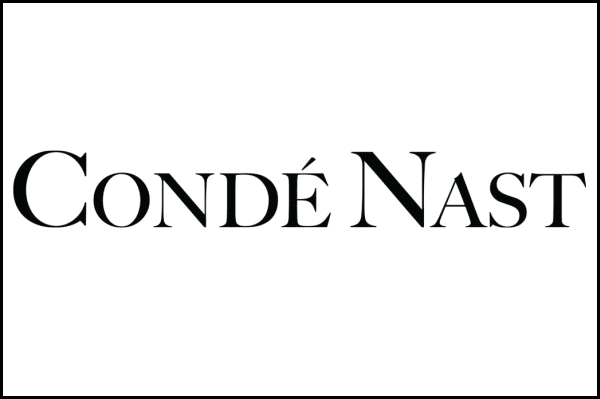
Conde Nast to Put All Its Magazines Behind Metered Paywalls This Year
Lorem ipsum dolor sit amet, consectetur adipiscing elit. Ut elit tellus, luctus nec ullamcorper mattis, pulvinar dapibus leo.
Source: Conde Nast

There’s no free lunch. Soon, there will be no free Condé Nast magazines either. The Wall Street Journal reports that the magazine publisher will put all of its titles behind a paywall by the end of the year. Three of its most popular magazines – The New Yorker, Wired and Vanity Fair – are already behind metered paywalls. Readers can view up to four articles before hitting the paywall. Vogue, GQ, Allure, Bon Appetit, Self, Teen Vogue, Ars Technica and Them are among the affected magazines.
Condé Nast CEO Bob Sauerberg announced the news in a memo to staff last week, reports The Wrap.
“Today we’re taking an important step in the evolution of Condé Nast and announcing our intention to launch paywalls across our U.S. portfolio of brands by the end of this year,” said Sauerberg. “This is the next phase of a strategy that was implement with the launch of the paywall at The New Yorker in 2014. Since then, audiences at The New Yorker, Wired and Vanity Fair have proven that they are willing to pay for the quality content we create, and the performance of those paywalls has exceeded our expectations.”
Pamela Drucker Mann, chief revenue and marketing officer for Condé Nast, is an advocate of moving to a paywall model.
“When you put a price tag on something, that must mean you have confidence in the product,” said Drucker Mann.
Source: Conde Nast

Like its other magazines, Condé Nast’s remaining titles will have metered paywalls, giving casual readers an opportunity to read a few articles a month before deciding if they want to subscribe. According to The Wrap, each of the titles will have a site tailored to its audience, but details have not yet been revealed.
“In a sense, everything is free and nothing is free, depending on your consumption during a defined time period,” said Monica Ray, executive vice president of consumer marketing for Condé Nast.
Ray believes that subscription revenue will increase substantially over the next few years. The New Yorker, which put up its paywall at the end of 2014, generated $115 million in print and digital subscription revenue in 2018, a 69 percent increase from 2015, reports The Wall Street Journal.
Last week, we reported that Condé Nast-owned Glamour – whose January 2019 issue was its last regular print edition – has cut its print staff as the magazine focuses more on digital content. Another big change expected in the near future is the planned departure of Sauerberg, who has agreed to stay at Condé Nast until a replacement is found.
These moves as well as the shuttering of Details and the cessation of print editions for Self and Teen Vogue are all part of Condé Nast’s larger reorganization to turn the company around after a devastating $120 million loss in 2017.
Insider Take:
Company reorganizations are always painful, and magazines are not immune. Like newspapers, magazines have been slow to adapt to the shift away from print to digital. Paywalls have proven to be successful with large newspapers like Washington Post, The New York Times and The Wall Street Journal, but the success of paywalls for magazines is not as well known or written about.
Condé Nast has had some success with the three magazines that currently have paywalls, but they experimented with those over time. It seems a bit risky to add paywalls to all its other magazines in the same year. With 144 million readers, Condé Nast is willing to gamble, but between the shuttering of print magazines and the paywalls, things may get worse before they get better for the publishing giant.







